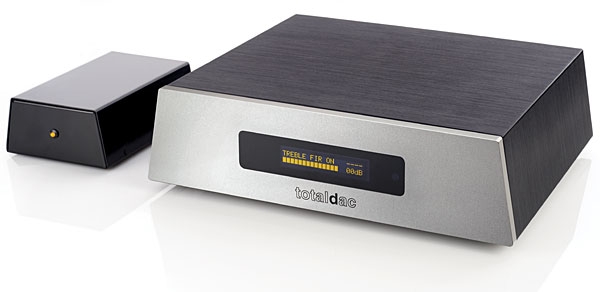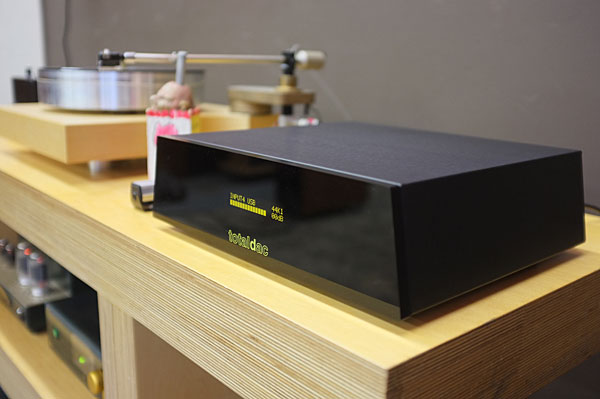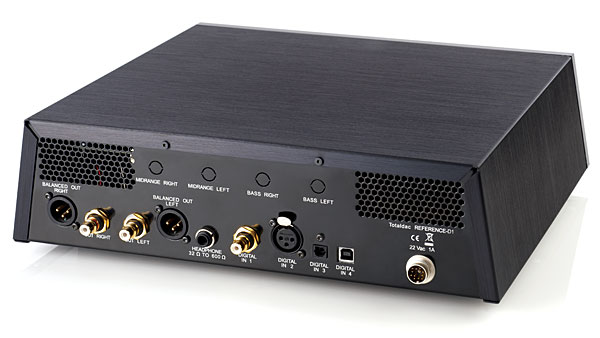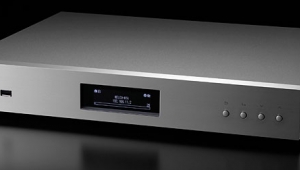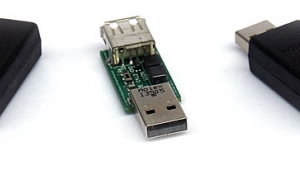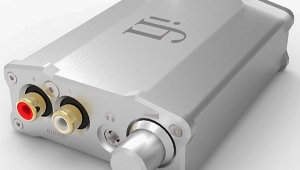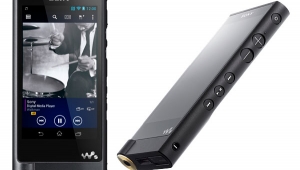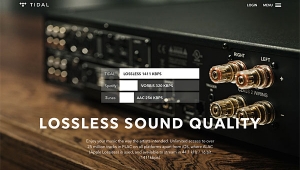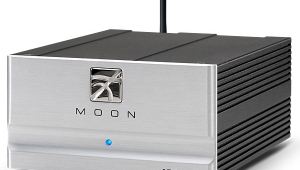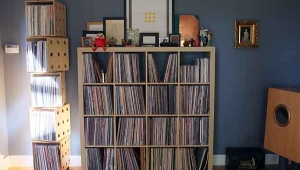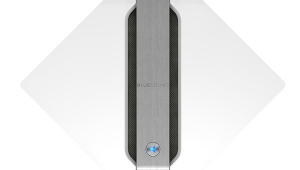| Columns Retired Columns & Blogs |
Hi Michael,
Can't agree more with your fellings about TotalDac dacs and especially the D1 dual but recently I also experienced another DAC called C8 from Metronome Technologie (also a French company).
Ok it's a tad more expensive, but ways more liquid and musical. The refinement bar has just been raised another notch !
